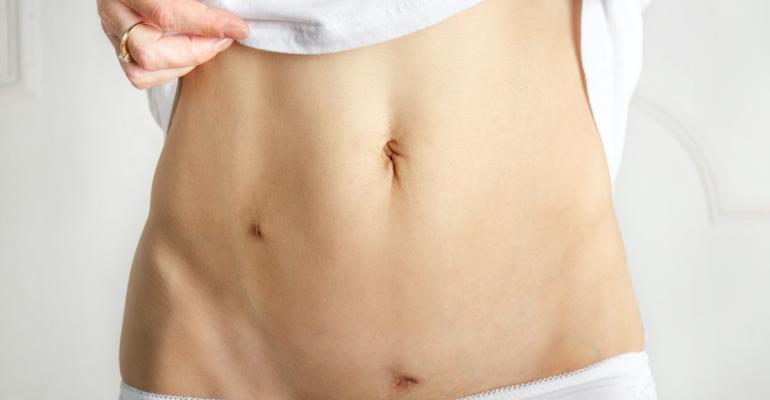Intralesional vitamin D injections are effective and safe for treating patients with keloid scars, according to the results of a study published in the Journal of Cosmetic Dermatology.
Researchers enrolled 40 Egyptian patients with keloid scars from March 2019 to October 2019. The participants received weekly injections of intralesional vitamin D ampoules (cholecalciferol), 0.2 mL (200,000 IU) per 1-cm lesion, for a maximum of 3 to 4 sessions. The Vancouver Scar Scale (VSS) and high-resolution B mode ultrasound were used to assess the keloid scars before and after treatment.
The patients (mean age, 30.8±1; 52.5% women) had keloid scars ranging from 1 to 5 cm. Among the cohort, 38 patients (95%) had a negative family history of keloids, and 5 patients (12.5%) had previous treatment for their keloid scars. The patients were followed up for 2 months after their last injection.
The researchers found a statistically highly significant reduction in VSS after treatment. The mean VSS value before treatment was 9.6±1.3, compared with 4.35±1.7 after treatment (P ≤ .001).
A statistically highly significant improvement was observed in ultrasonic keloid scar thickness after treatment with intralesional vitamin D injection. The mean value of ultrasonic measurements before treatment was 1.4±0.5, compared with 0.8±0.4 after treatment (P ≤.001). A positive correlation was observed between VSS and ultrasonic response (P ≤.05).
Most patients were satisfied according to the Visual Analog Scale, with scores ranging from 6 to 10 in 72.5% of cases (29 patients), and from 0 to 5 in 27.5% of patients (11 patients).
A total of 21 patients (52.5%) had side effects, including pain, redness, swelling, and tenderness for 2 days after the injections. No difference was observed in clinical response between those with side effects and those without, and no statistically significant association was observed between clinical response and differences in age, sex, family history, previous treatment, and site and cause of keloid scars.
Source:
Dermatology Advisor

